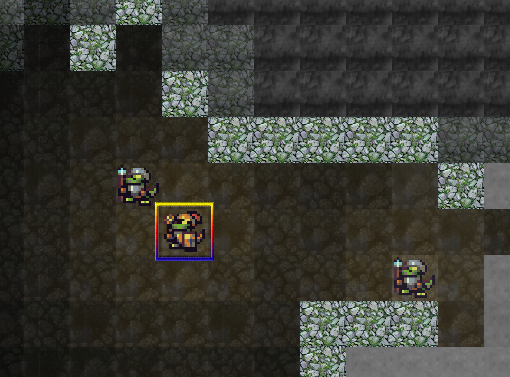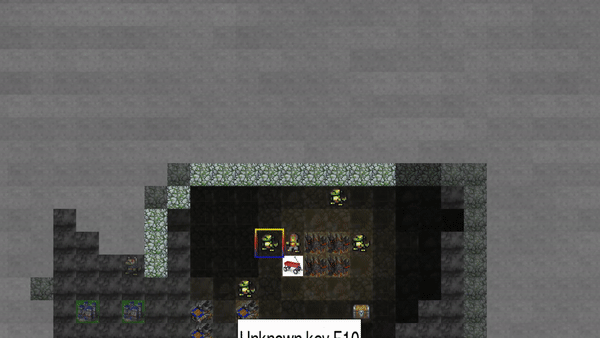








Status: Suspended for now. It currently only has placeholder art assets scrounged from free providers online, and the visual / rendering / UI aspects are still very much up in the air for a rework or overhaul. Adding in new units / items / status effects / behaviours is easy, streamlined and potentially open for modding, but the main objectives now would be adding tutorials for some of the more in-depth mechanics and ensuring players understand what's going on around them when the theme of the game is to predict what's happening beyond what they can see. Working nearly the entirety of the thesis on graphical-related design at the very least has taught me that my SDL 'art' isn't going to work for the level of detail I'd need to fully show what the characters are doing / thinking.